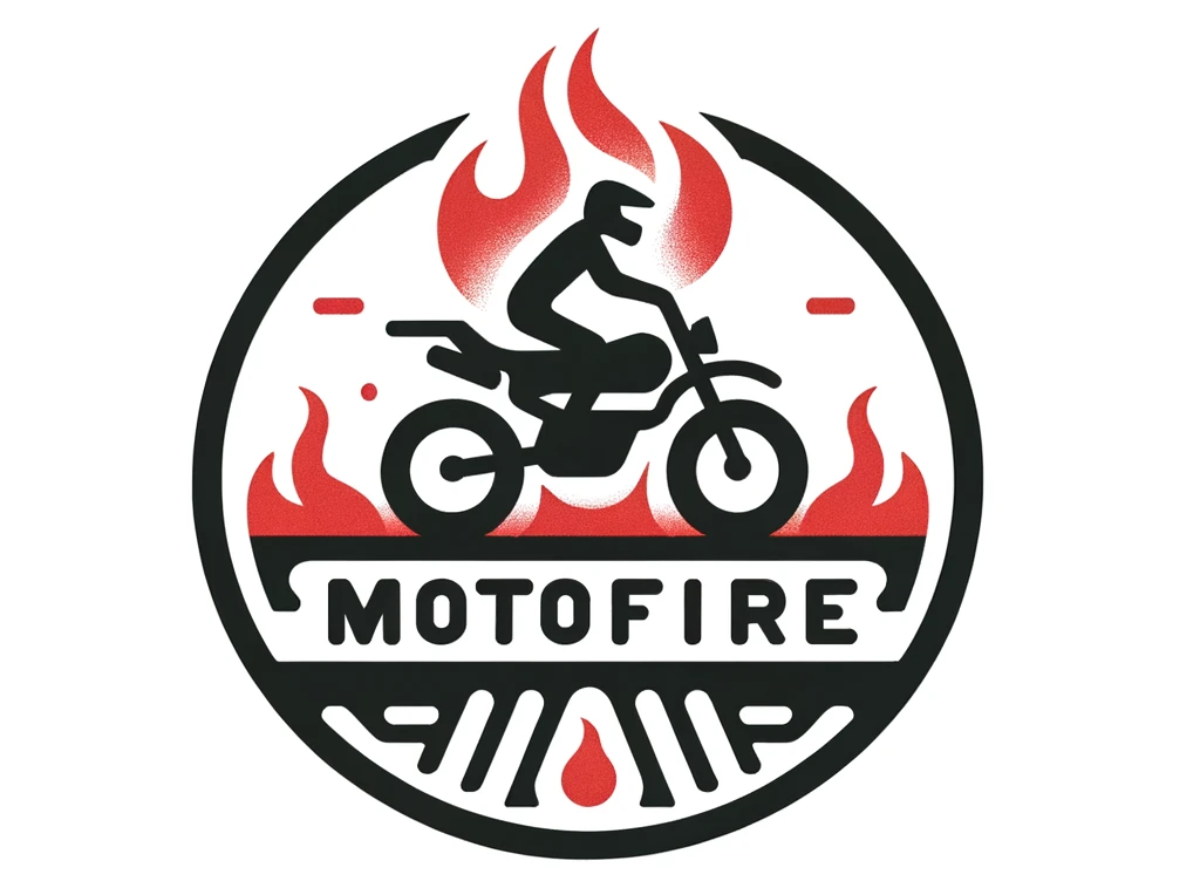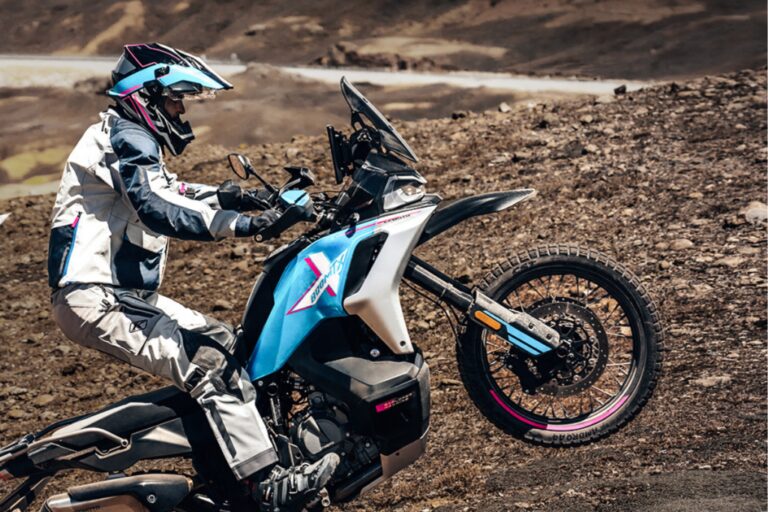Everything You Need to Know About Motorcycle Inspections: Rules, Costs, and Penalties

With the recent introduction of regulations requiring technical inspections for motorcycles, many owners are now facing new obligations. Whether you’re a longtime enthusiast or a new rider, understanding the new rules, associated costs, and potential penalties is crucial for riding legally and safely. Let’s explore everything you need to know to navigate smoothly through this regulated landscape.
Rules for Motorcycle Technical Inspections
Motorcycle technical inspections have been introduced to enhance road user safety by ensuring vehicles comply with safety standards. According to Decree No. 2023-974 of October 23, 2023, these inspections are now mandatory for all two or three-wheeled vehicles and motorized quadricycles, including mopeds, light and heavy motorcycles, as well as motor tricycles. The first technical inspections for older vehicles must be conducted starting April 15, 2024. The inspection frequency is set to every three years.
Costs of Motorcycle Technical Inspections
Contrary to initial government expectations of a price around €50, the current average cost of a motorcycle technical inspection is estimated at about €75. This fee can vary based on several factors, including the region (with higher rates in urban areas), the type of vehicle, and the commercial margin of the inspection centers. It’s important to note that each accredited center sets its own prices.
Penalties for Non-Compliance or Failure to Present
Failure to comply with the technical inspection requirement exposes the vehicle owner to severe penalties. A fine of up to €750 can be imposed. During a roadside check, law enforcement can immobilize the vehicle and confiscate the registration document. The owner then has seven days to undergo the inspection and retrieve their official documents from the police station or gendarmerie. Furthermore, failure to have the technical inspection done within the required timeframe can result in the vehicle being impounded.
Key Areas Checked During the Inspection
During the technical inspection, various elements of the vehicle are examined. These checks are divided into nine main categories, including vehicle identification, braking equipment, steering, visibility, lights and reflective devices, axles, wheels, tires and suspension, the chassis and other accessories, as well as noise pollution and emissions. Each identified defect is classified into three severity levels: minor, major, or critical. A critical defect requires immediate repair to prevent major safety risks.
Re-inspection Procedures
If a vehicle has major or critical defects, it must undergo a re-inspection. For a major defect, the re-inspection must be done within two months, allowing the vehicle to be temporarily roadworthy. However, if critical defects are detected, the vehicle must be immediately removed from circulation, and the re-inspection must also be carried out within two months, during which the vehicle cannot be driven until repairs are made.
Accredited Centers for Motorcycle Inspections
It is essential to visit an accredited technical inspection center for the examination. Choosing the right center is important as not all are authorized to inspect two-wheeled vehicles. The Central Technical Organization (UTAC) provides a directory of accredited centers, ensuring their capability to conduct the necessary tests on motorcycles and other applicable vehicles.
Useful Addresses and Resources
To compare motorcycle insurance or find more information on technical inspections, various online resources are available. Platforms like Motorcycle Blog offer comprehensive articles and guides on the latest regulatory updates and their implications for riders. Stay informed and ride confidently as you navigate this regulatory landscape.




